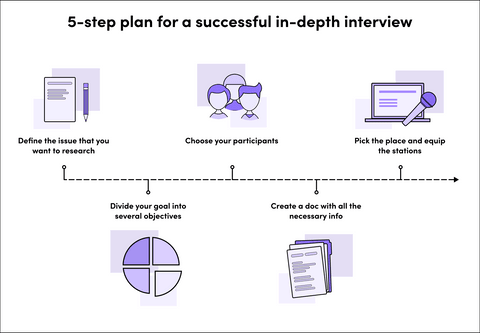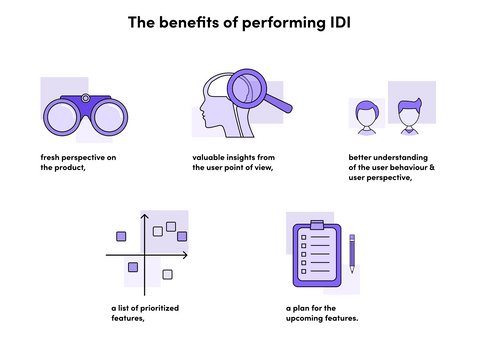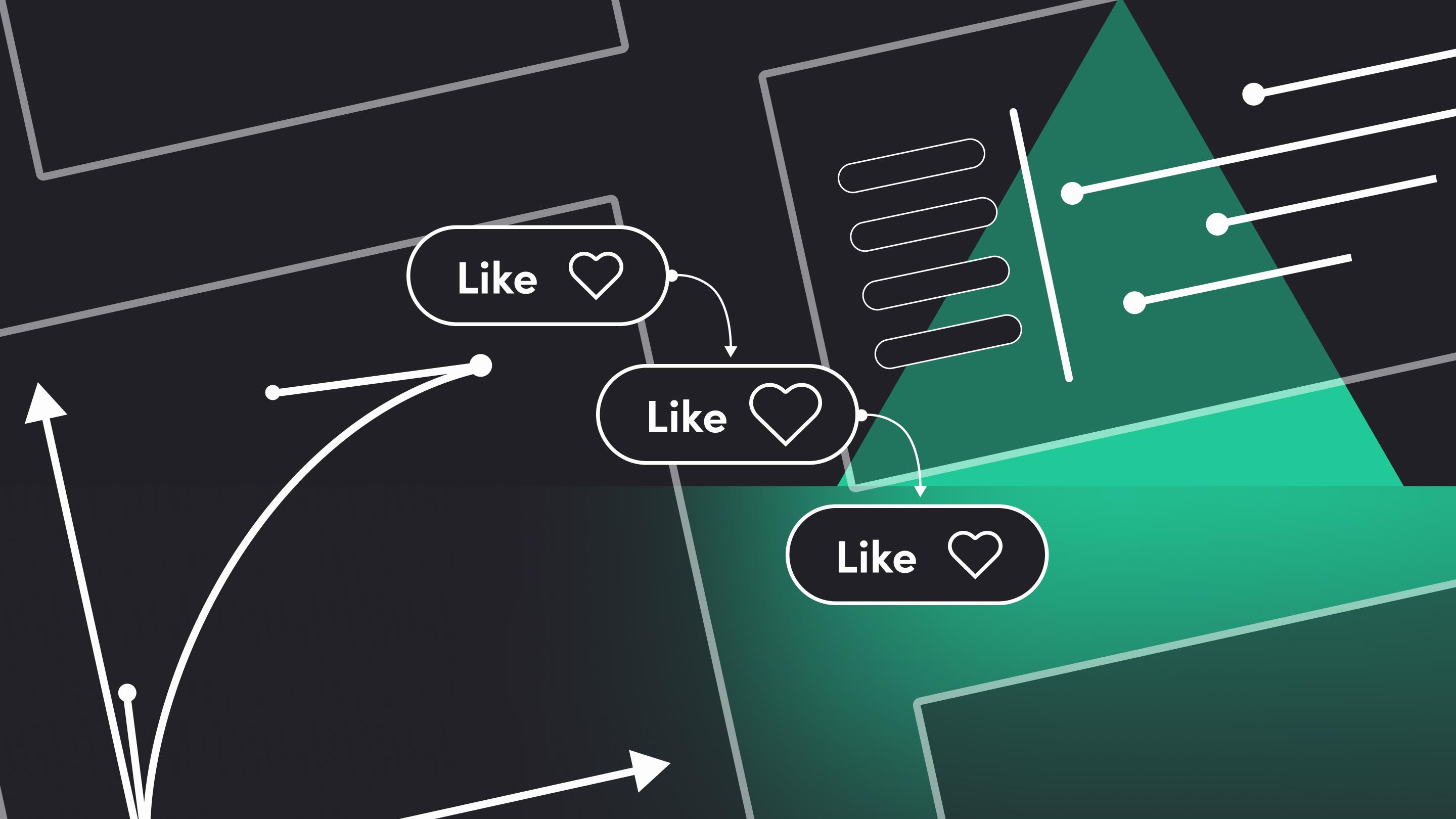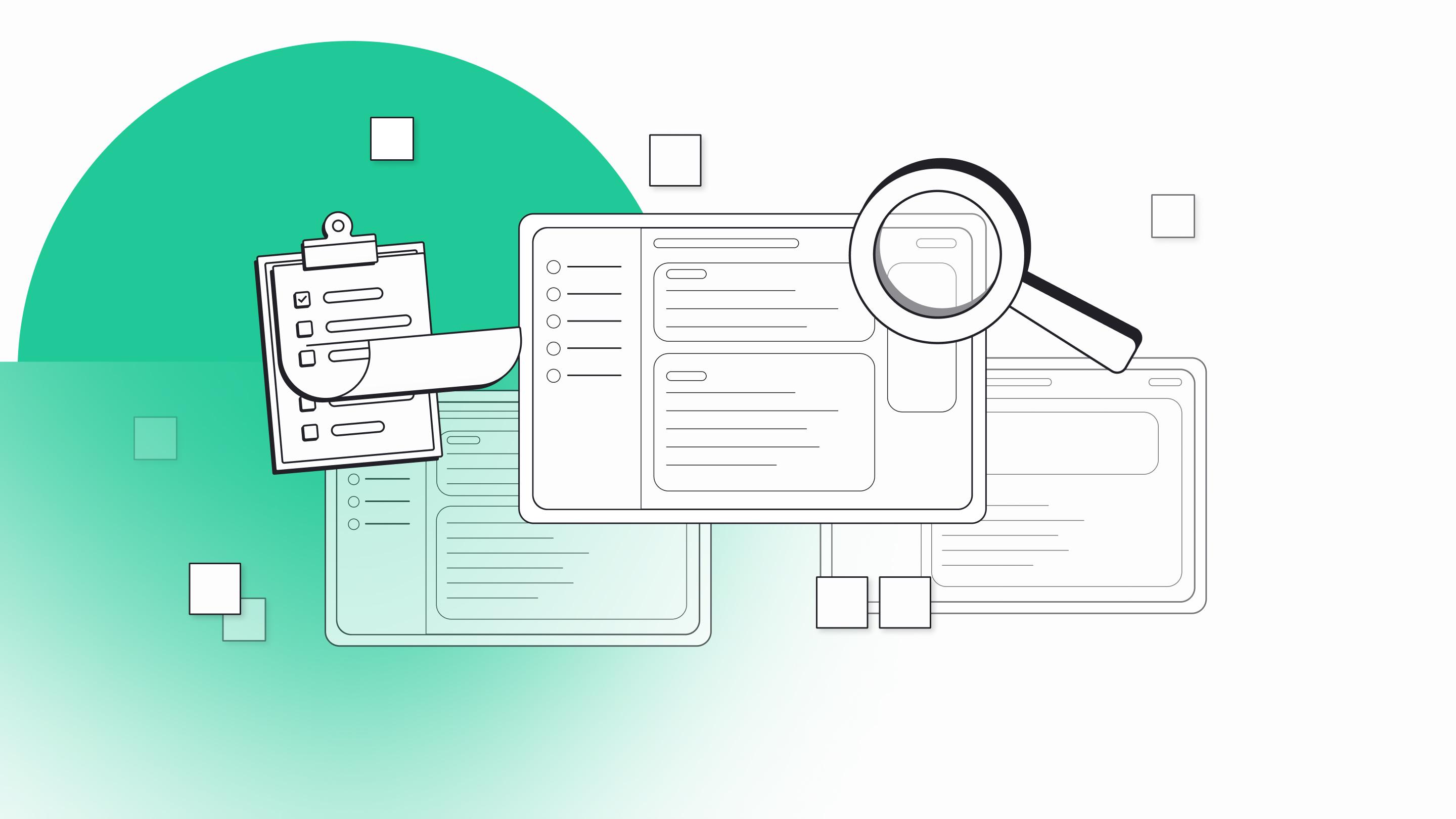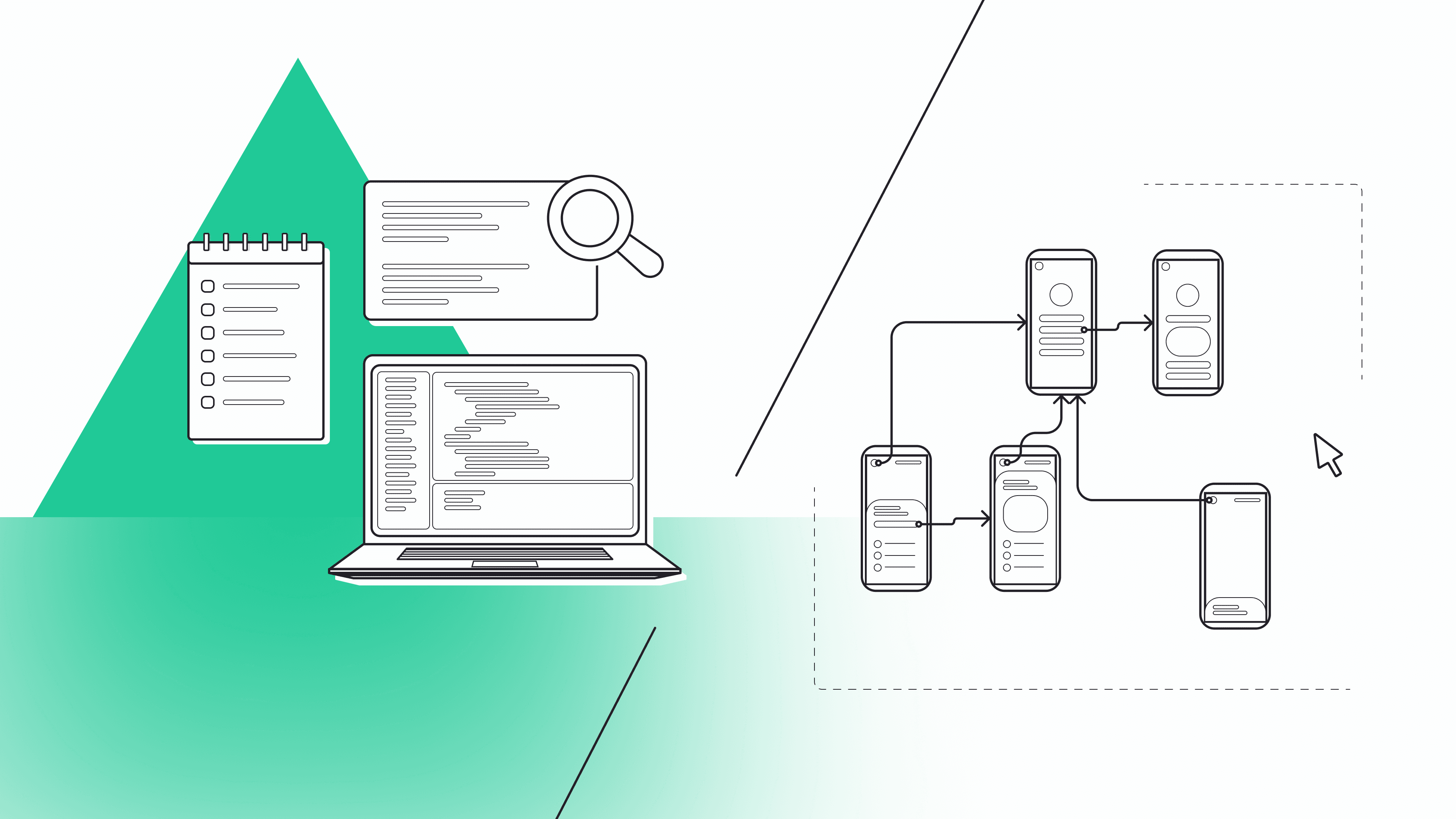

To create better products and adjust them to our customers we should communicate with them to define their needs. While creating new solutions or working on existing ones it is important to not forget about future and current users. This is where user research steps in. To generate the best outcome it’s crucial to choose the right tools for the job.
Individual in-depth interview (IDI) is one of them and deliverables are truly interesting.
In this article, I’ll focus on 2 basic matters – what is individual in-depth interview (IDI) and how to prepare for it, step-by-step.
What is IDI?
Let’s begin with what the acronym IDI stands for. An individual in-depth interview is a research method commonly used by product designers and UX researchers to learn about contentment, difficulties, motivations and ideas related to the research topic.
The interviewer performs a set of individual interviews in-person or remotely using tools. They allow to observe and react to the behaviour of an interviewed person.
This method is a valuable component of qualitative research. It helps the interviewer understand what users experience in their daily routines. It will not only show how the product impacts their lives but also who they are as human beings and help deliver better products and services.


Have a project in mind?
Let’s meet - book a free consultation and we’ll get back to you within 24 hrs.
How to prepare for research interviews?
Before starting the interview, you should do a few things so the process will be much more effective.
Step 1: Define the issue
Start with defining the problem. It will specify the goal you want to achieve thanks to IDI. For example, “Organising your books on shelves by cover colour and topic is a complex process. We want to understand how we can help people perform this task.“
Step 2: Split your goal
Now when you know what you want to do, you should divide the goal into several objectives.
This division should be based on the stage in which the product is – concept, prototype or existing solution. Just like in our example:
Main goal: “we want to know what the whole process of organising books looks like“
Objectives:
- learn what helps participants with organizing books by colour and topic on shelves,
- get to know what are the obstacles or problems during arranging the books,
- learn if there are any enhancements that participants can think of that will help them perform this task.
Step 3: Choose your players
When the goal is set and divided into more precise objectives we need to define and choose participants for the research.
To choose users for interviews we need to base our choice on the target audience who will use the final product and proto-personas which are useful when we haven’t done any user research before. This will allow you to scope your target users more accurate.
Bonus tip: if your product has competition on the market you can recruit its users and use competitors’ solutions and their experience during interview and ask them how they would improve it.
Step 4: Create docs with the most important information
Once you defined and picked your users, it’s time to create documentation with the goal, objectives and target audience that can be introduced to your team and stakeholders to inform them about the process.
Write down questions and tasks before starting IDI and let them be reviewed to prepare for the interviews, so the team members are on the same page as the researcher. Remember that question structure isn’t strict. They help the interviewer to don’t forget about the objectives but can be reorganized and modified while talking to the participant.
Flexible structure is a great advantage of qualitative research methods like IDI over quantitative research methods like questionnaires where the environment is fixed and doesn’t allow to react before participant finish it.
Step 5: Prepare the ground
Before scheduling interviews, remember about choosing a friendly environment for participants like the place, time, duration, and context of the interview.
Make them feel listened, free and safe to receive honest answers that are not affected by any external factors.
Also, remember about the gear needed for the research to be performed and make notes. You could use a camera, microphone or choose devices that participants could use on their own.
It is important to have enough participants to generate reliable output depending on scope, budget and other factors. So ensure that your research group is efficient for the IDI.
And my last advice – remember to be kind and understanding for participants to be motivated to attend the interview.
Interview kick-off
As we scheduled interviews, and know our goal, objectives and questions, we are ready to start interviewing our participants.
Ready…
The first impression is really important because your attitude can affect the final output. After all, they are here to help you. Welcome the participants, introduce yourself to them and give them a quick insight into the research.
Before questions are asked, ask each user for permission to record the interview. It will help you analyse the interview and transcript everything that will provide an accurate output for the research results.
Set…
Start with a few warm-up questions to create a friendly atmosphere between the researcher and the user. It will provide an overview of the attendee and will be useful for updating your persona or defining one based on real research.
Go!
From that you can move to the topic of research. While asking your questions be inquisitive.
Ask follow-up questions to learn deeper insights about user actions, opinions problems and ideas. This is the longest stage, so remember to track your time to touch every objective you defined.
When reaching the end, remember to leave yourself some time to ask questions that will be helpful for future research and could generate extra output. Ask the participants if they want to add anything and whether they are willing to be contacted in future to answer some extra questions, have another interview, and test the solution that will be created based on the results.
IDI Benefits
Thanks to its flexible structure and follow-up questions, IDI allows the researcher to gain a wider perspective, understand participants and gather new knowledge leading to well-informed decisions and ideas.
Both researcher and participant have more comfortable relations which respond to more sensitive topics. The interviewer can observe expressions and body language thanks to which we can better understand users attitude and opinions.
Moreover, when analysed by various available methods, IDI will enable creating a report with actual feelings, problems and solutions of the users and pros and cons of the proposed solution or competitors’ products.
Based on the stage the solution is in, the output of IDI will help you decide what to do first but also plan upcoming features for the product.
All in all
As you can see, an individual in-depth interview provides you with a better perspective on current and potential users. Thanks to this, you can build the solutions far more consciously.
Also, understanding users better will help to avoid mistakes in the process and protect you from introducing a solution that doesn’t solve the problem of users. So ultimately, it will help you create better products.
Want to see how we carry out individual in-depth interviews in our projects? Check out the DeepSync Labs case study and learn more about our user-centered approach.


Have a project in mind?
Let’s meet - book a free consultation and we’ll get back to you within 24 hrs.
Tomasz is a Product Designer and Graphic Designer with a combined 15 years of experience who loves to turn problems into solutions and make people's lives easier. With 5+ years specializing in UX/UI, Figma, Prototyping, and Workshops, he creates functional and user-friendly designs. Running marathons and long-distance runs helps his mind work faster. Tomasz is also a master at context switching and an involved father of a baby girl, balancing professional and personal life. He takes pride in creating simple, intuitive solutions through empathy and understanding of users. In his free time, Tomasz travels, explores vegan food, and integrates sustainability into his life and work.

